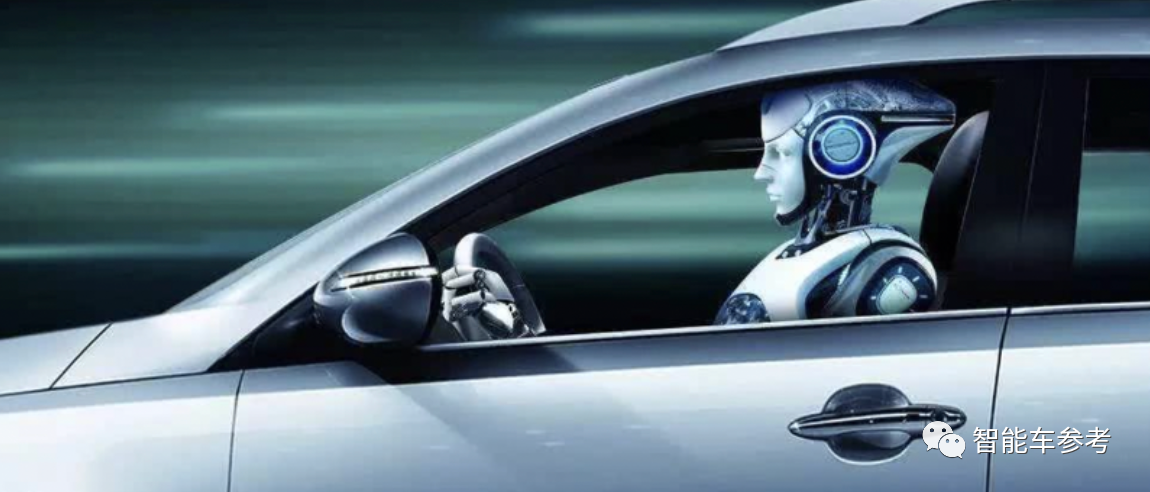Sony Joins the Car Manufacturing Race: Vision S Unveiled at CES 2022
Rumor has it that Sony, the consumer electronics giant known for cameras, phones, and the iconic Walkman, has entered the car manufacturing industry. In fact, the company announced the creation of its own electric car company, Sony Mobility, at the CES 2022, the world’s largest consumer electronics exhibition.
Sony’s first electric concept SUV, Vision S, was also revealed at the event. The company’s CEO, Kenichiro Yoshida, highlighted the emphasis on safety, with 40 sensors installed inside and outside the car to ensure the safety of drivers and passengers.
Moreover, as a long-standing entertainment company, Sony has incorporated various infotainment features into the vehicle, including 360-degree audio, rear seat displays, and “front panoramic screens.”
Meanwhile, Mercedes-Benz has also unveiled its own concept car at the CES 2022, the Vision EQXX. Although the company has a strong background in car manufacturing, its emphasis on design can be seen from the exterior appearance of the vehicle.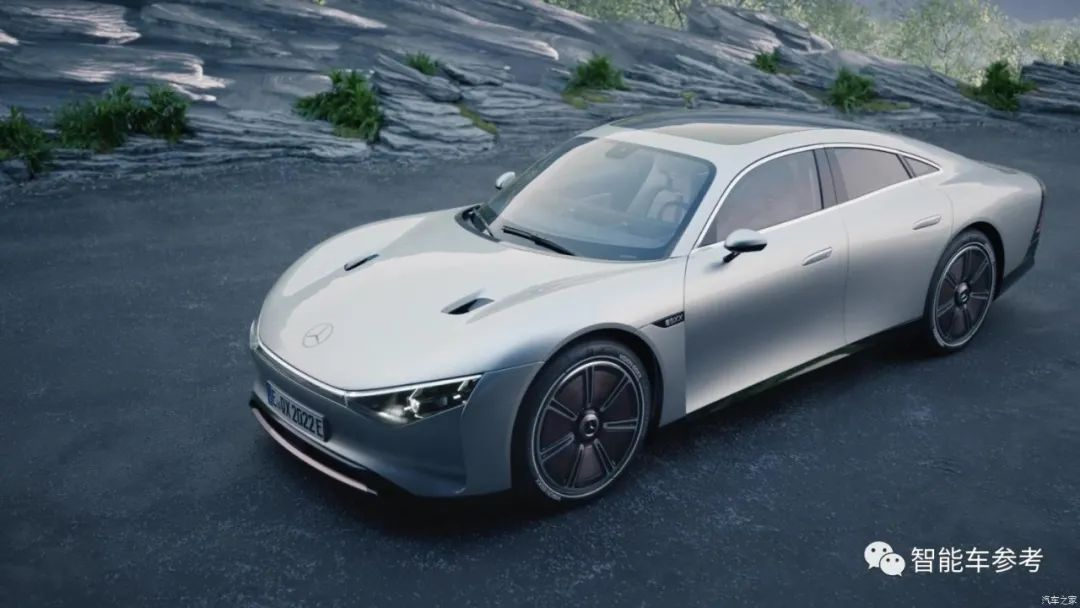
And the extreme challenge to natural physics — using fluid mechanics, the vehicle drag coefficient is reduced to below 0.17.
At the same time, VISION EQXX is equipped with a lightweight F1 subframe for the pure electric chassis, and the lightweight design makes the vehicle weight only 1750kg.
The range can reach up to 1000 kilometers.
By the way, as a luxury brand, Mercedes-Benz also uses a one-piece screen this time. The central control screen is already considered old school.
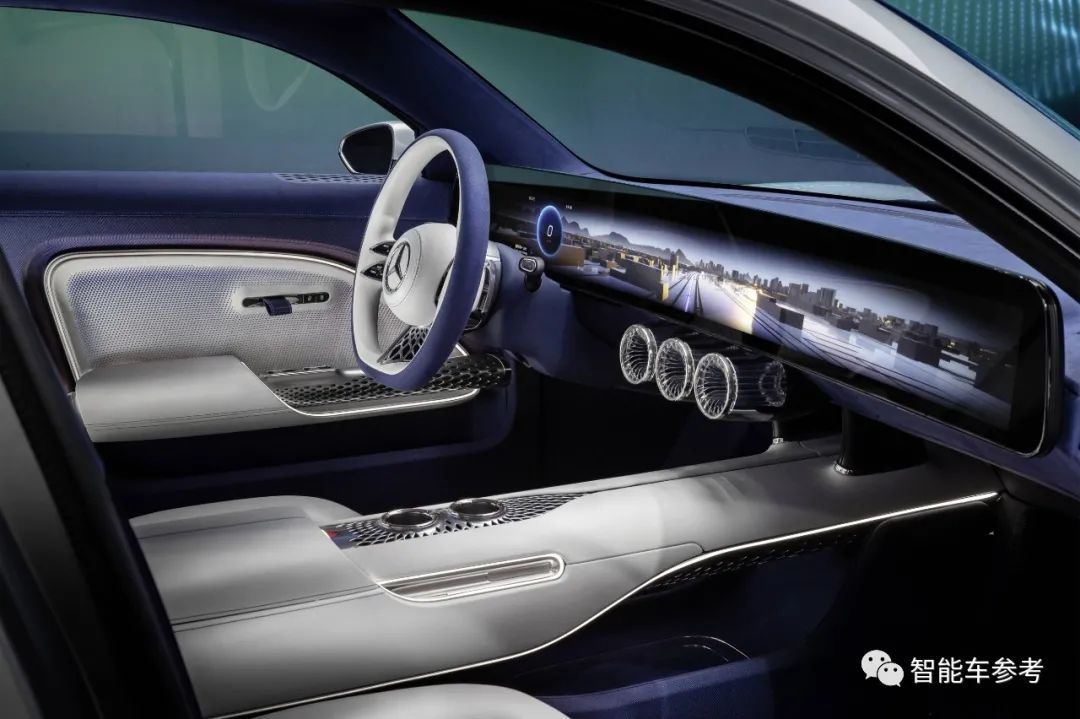
And Mercedes-Benz themselves emphasized that for future vehicle engineering, their core thinking direction is: light, intelligent, environmentally sustainable.
The whole car can be recyclable.
However, being too light brings other problems —
According to foreign media reports, the acceleration of 0-100km/h takes 7 seconds, and the maximum speed cannot exceed 145 kilometers.
I don’t know what you think, but Mercedes-Benz fans have expressed that they do not care:
Mercedes-Benz, as long as there is a logo.
BMW: I even bought out-of-stock kindles
Yes, BMW exhibited a car that can change color between black and white, with an amazing effect.
In fact, the car body uses an EInk display panel — that is, a kind of Kindle’s panel.
After pasting the “Kindle”, the color can change continuously with the light and can be changed instantly.
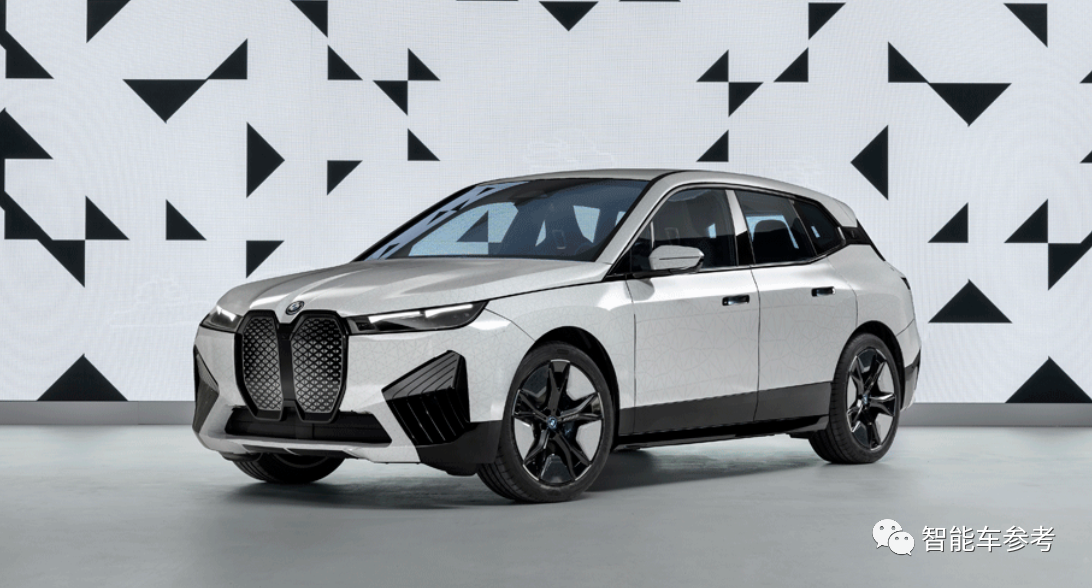
Unexpectedly, the out-of-stock kindle because of the rise of online delivery, brought crisis to the modification shop here at BMW. (Dog head manually)
In addition, BMW also released a “cinema mode” future in-car entertainment system, with a “BMW floating giant screen” on the front side of the rear roof of the car.
The rear seats will become a private cinema.
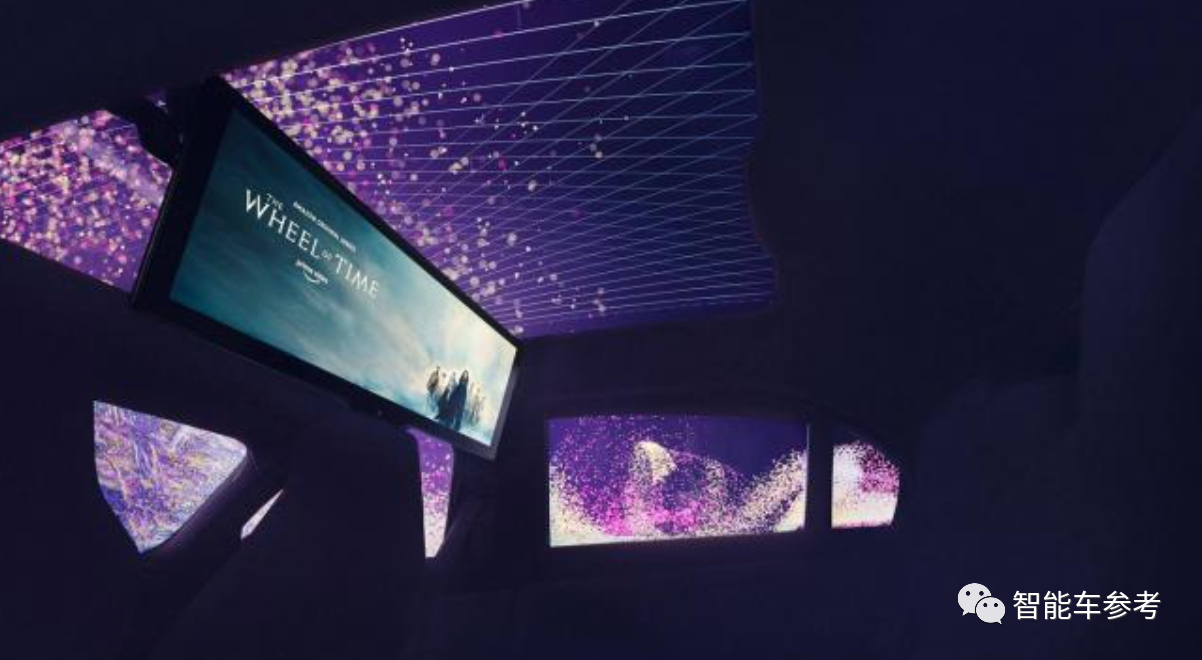
It has not yet been said which model car will use this yet, but the direction is probably going to be like this.
Friends who like cinemas, are you ready to lose your precious BMW?
Cadillac: InnerSpace Concept Car
Speaking of entertainment, “Emperor of Bathtub” Cadillac also has a concept to show off.
This time, they brought the InnerSpace autonomous electric concept car.
As a luxury two-seat pure electric autonomous concept car, the car is also based on its Ultium electric vehicle platform.## Volvo’s new car Concept Recharge makes its debut
As an old car manufacturer, Volvo seems to have not found its way at CES yet.
However, they have launched a new car this time named Concept Recharge.
The design is quite futuristic, but they still emphasize the new electric platform and minimalist design language.
It seems a bit out of ideas.
What’s more shocking, Volvo itself claims that with the support of the new electric platform, the new car will have a substantial difference from the brand’s existing electric products.
Don’t they care about the feelings of existing models?
Jidu: New car equipped with NVIDIA Orin, has L4 level autonomous driving capability
New emerging car manufacturers have stronger marketing sense than traditional car companies.
Jidu, a subsidiary of Baidu’s car-making arm, has made big news during CES.
Firstly, they showed off their intelligent driving capabilities in Beijing, completing real road tests on high-speed ring roads and city roads without any human intervention.
Li Yanhong even sent congratulations: The brain is ready!
Jidu claimed that the new car would make its debut at the Beijing Auto Show this year, and would be the first car robot with L4 level autonomous driving capability.
It is capable of autonomous movement and free communication with humans and can even evolve and grow on its own.
At the same time, Jidu’s intelligent driving chip has also been announced, unsurprisingly— NVIDIA Orin.
As for how many Orin chips will be used, it has not been mentioned yet.
The industry currently uses anywhere from one to four chips, as the demand for computing power and usage requirements vary greatly.However, for Master Huang, it doesn’t matter, after all, it’s the sound of the coins arriving. On another note, Nvidia didn’t make significant progress in the automotive field this time.
They brought DRIVE Concierge for AI assistants and DRIVE Chauffeur for autonomous driving. Also, they have a DRIVE Hyperion 8th generation autonomous driving platform, which is equipped with 12 external surround cameras, three internal cameras, nine millimeter-wave radars, 12 ultrasonic radars, and one lidar. This platform comes standard with two Orins.

Mobileye: Independence from Intel and No More Toothpaste Squeezing
Mobileye, which became independent from Intel at the end of 2021, is pushing back against stagnation.
First, it announced a deep collaboration with Geely’s electric car JiKe, which has level 4 autonomous driving capabilities. The JiKe electric car will be launched in 2024, which is a step further for the two companies.
Last August, JiKe 001 model adopted Mobileye’s latest SuperVision system.
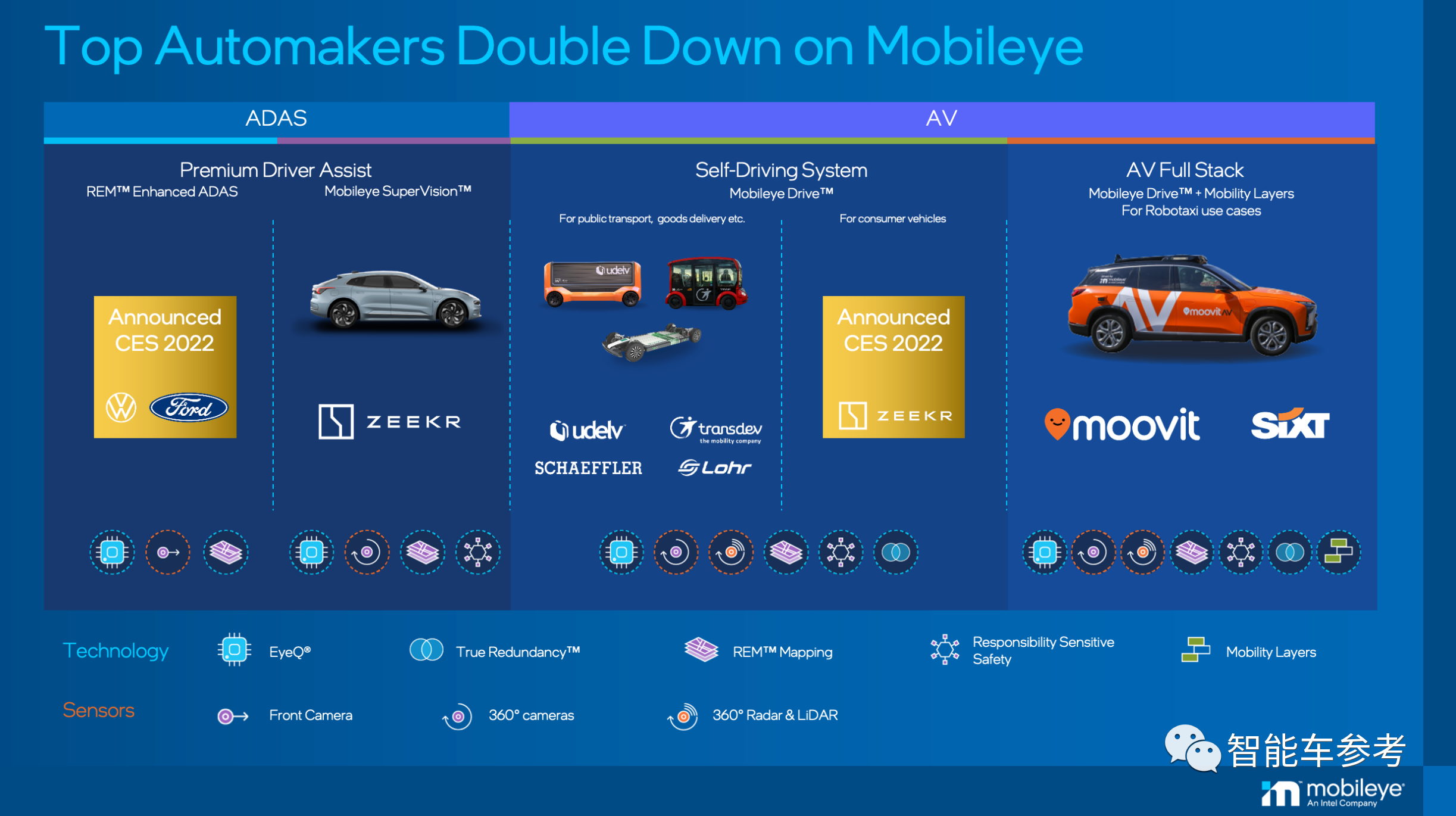
In addition, Mobileye has shaken off toothpaste squeezing due to the launch of the EyeQ Ultra, a 5nm process L4 autonomous driving chip that “meets all L4 autonomous driving scenarios and requirements.” This chip is expected to be available for delivery by the end of 2023 and achieve mass production for vehicle regulations by 2025. Have you ever considered Intel’s ancestral 14 nm feeling when Mobileye did this?
Of course, Mobileye has brought out products that directly confront Nvidia Orin.
It is a bit late, but Nvidia’s mass production is not going so smoothly either.
Although late, there is still a chance.
Mobileye also won orders from major automakers such as Volkswagen and Ford.
Qualcomm: Snapdragon Ride Vision System Based on 4 nm Chips
Qualcomm, which won the entire smartphone era, is now also rapidly entering the smart car era.
The speed is also very astonishing.
At CES, Qualcomm announced the Snapdragon Ride Vision System based on 4nm chips.
 According to the introduction, the system has a new computer vision software stack and is built on a 4-nanometer process system-on-chip (SoC), aiming to optimize the deployment of front and surround view cameras and support advanced driver assistance systems (ADAS) and autonomous driving (AD). The key is that the platform is open, scalable, and modular. It can meet everything from front-view camera applications that comply with entry-level new car assessment program (NCAP) regulations to higher-level autonomous driving applications that require support for complete front and surround view cameras.
According to the introduction, the system has a new computer vision software stack and is built on a 4-nanometer process system-on-chip (SoC), aiming to optimize the deployment of front and surround view cameras and support advanced driver assistance systems (ADAS) and autonomous driving (AD). The key is that the platform is open, scalable, and modular. It can meet everything from front-view camera applications that comply with entry-level new car assessment program (NCAP) regulations to higher-level autonomous driving applications that require support for complete front and surround view cameras.

In other words, I have all the abilities, and frugality is up to the individual, and I can also expand and upgrade hardware. After all, smart cars are not like smartphones. It is not possible to come up with new Snapdragon chips every year and change them every year.
Hesai: Car-grade Long-Range Semi-Solid-State Lidar AT128
Hesai, a domestic lidar company, also announced new progress at CES. Starting from chips, the form is solid-state lidar.
Hesai has partnered with Lumentum to launch the car-grade long-range semi-solid-state lidar AT128 for the front-loading market of ADAS based on Hesai’s latest self-developed car-grade chip.
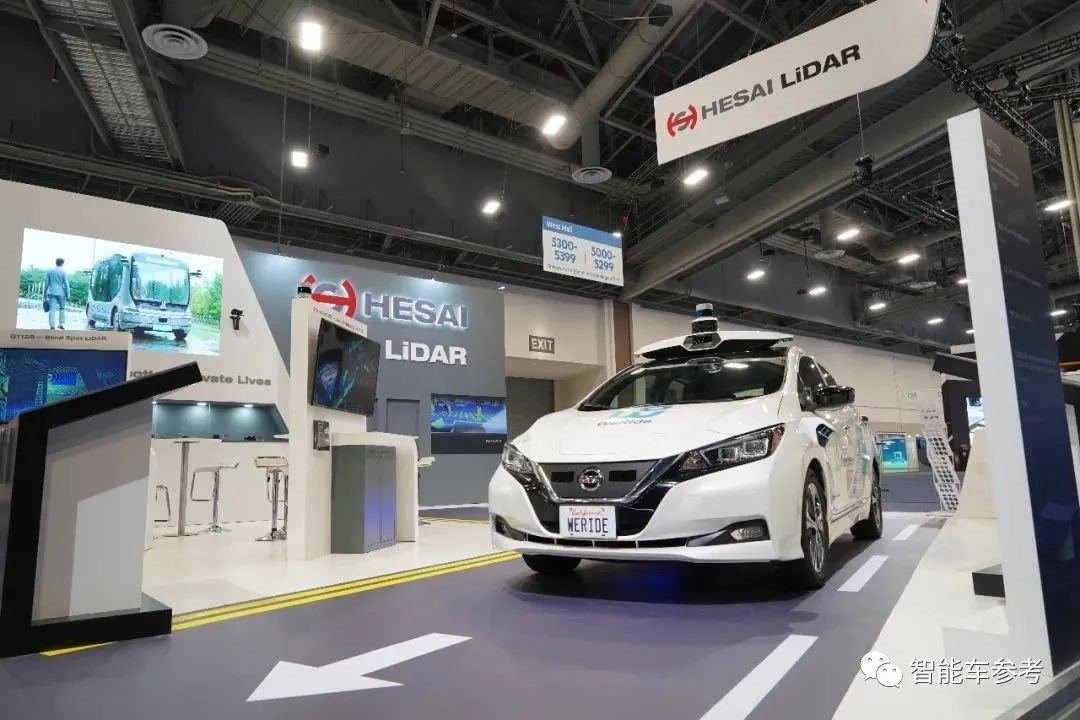
Hesai stated that AT128 uses the VCSEL planar light source embedded in the chip instead of the bulky discrete device light source of traditional lidars, which significantly reduces the manufacturing cost of lidars and greatly enhances the competitiveness of lidar solutions for the ADAS market.

This product is also highly anticipated by Hesai. Previously, Hesai’s lidars mainly dominated the RoboTaxi market, but now it is time to compete in the smart car and mass-produced car fields.
Hesai emphasized that, unlike other solid-state lidars, chip technology also solves the problem of traditional high-performance lidars being large and unattractive.
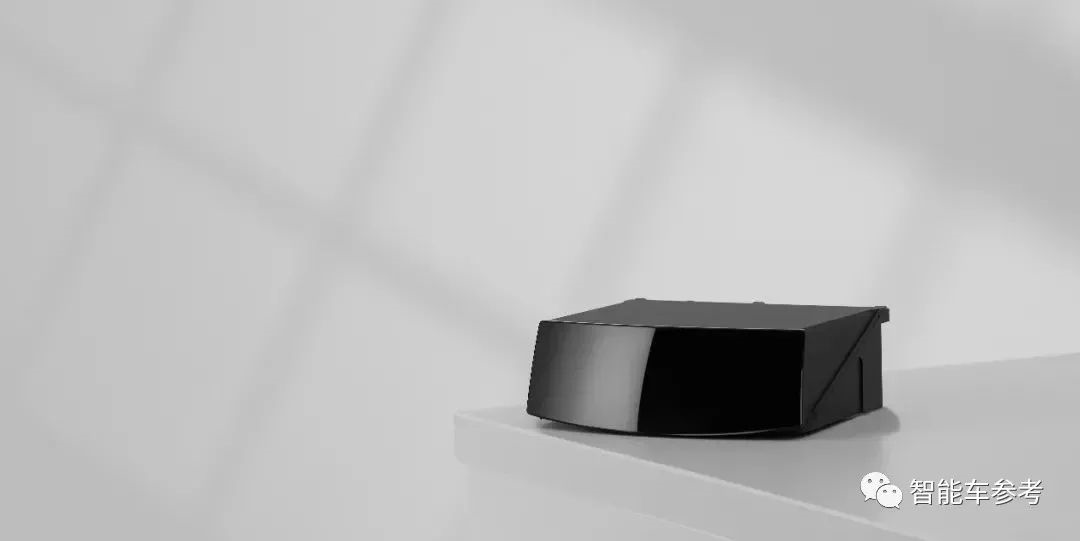
Hesai AT128 has a small and lightweight appearance. For mass-produced car manufacturers, its installation location and design scheme are very flexible, and it can be easily embedded in the vehicle body and seamlessly integrated with the overall vehicle design. How will the automakers, who have just finished being educated on lidar placement design with bangs and protrusions, tackle this?
GM Wants to Build Pickups Too
Finally, let us sync up with the progress of a pickup, which is popular in America but not so much in China.GM’s biggest competitor Ford has officially launched the all-new Chevrolet Silverado electric pickup truck. The new vehicle is equipped with GM’s largest Ultium battery, which can travel up to 400 miles (644 kilometers) on a single charge. The dual-motor four-wheel drive configuration can provide up to 673 horsepower (495 kW) and over 1063 Nm of torque.
As planned, the new truck will initially only offer basic work truck (WT) and RST flagship models. The price has not been announced, and there are no waves in the Chinese market.
If electric pickups can become popular in China, it could be an opportunity for Tesla and Great Wall. What do you think?
That’s all for the first two days of the CES Intelligent Car’s top ten progress. Did any progress or trend inspire you? Or are there any other new releases that make you feel emotional? Feel free to leave a like or comment to show your support, or chat about anything else that wasn’t covered here. Thank you for reading.
This article is a translation by ChatGPT of a Chinese report from 42HOW. If you have any questions about it, please email bd@42how.com.
